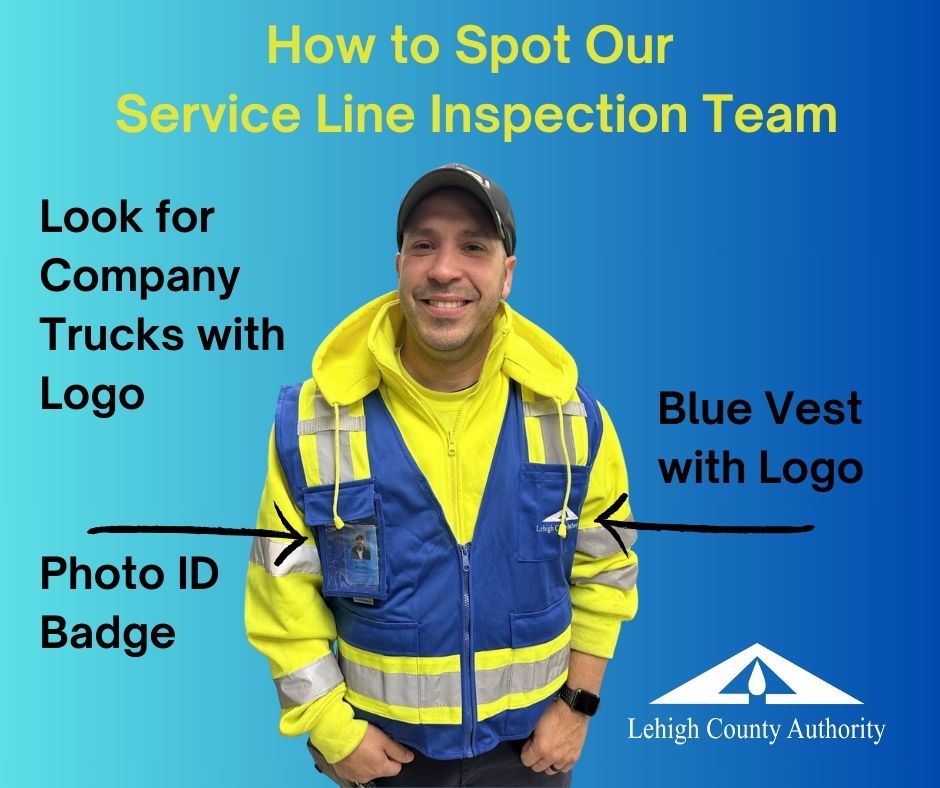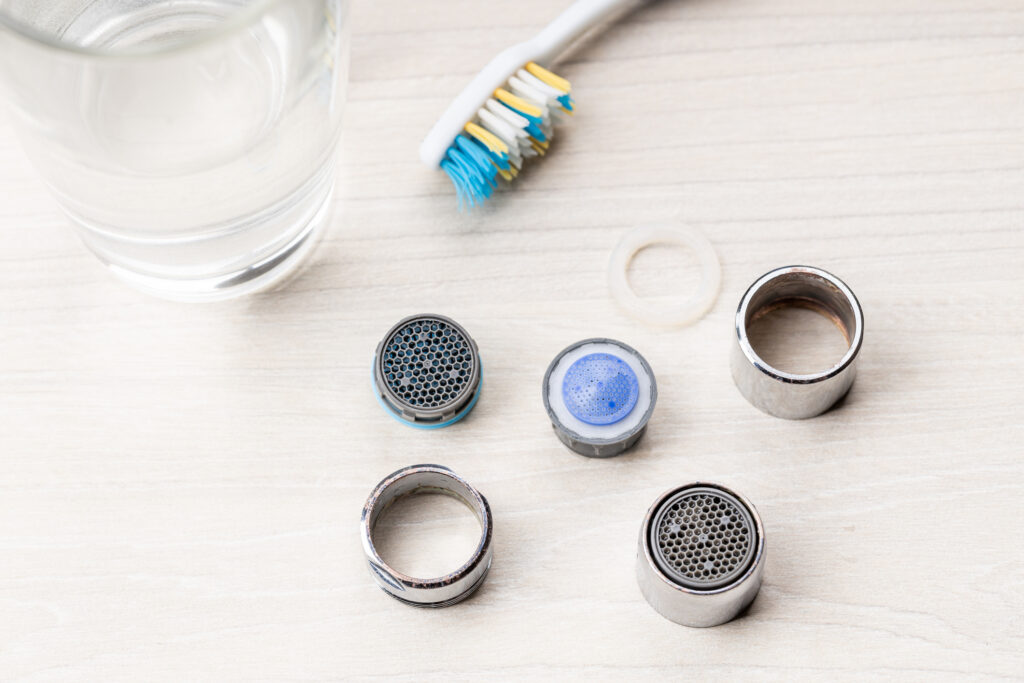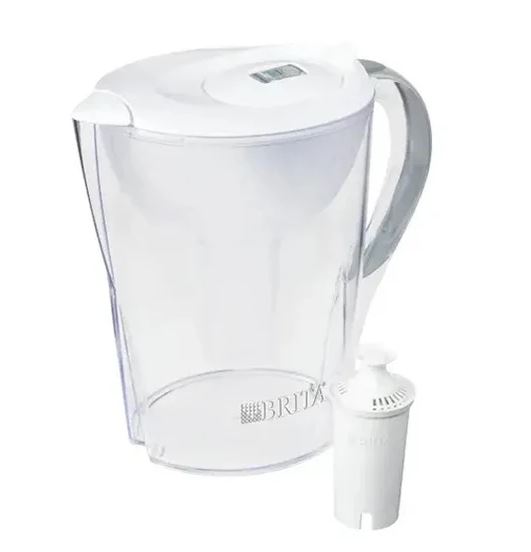Lead Pipe Replacement – Pilot Project
Lehigh County Authority is Working to Get Lead Water Service Lines Out of the City of Allentown!
Allentown Pilot Project
We need your help!
You play an important role in removing lead from the water system. Check out this video from the EPA to learn more:
Watch the EPA video in Spanish.
Mandatory Water Service Line Inspections
Customers will be notified when our crews will be in your area so you are prepared for the knock at your door. Additional information about the inspections is outlined below:
- A phone notice will be issued before our crews begin the inspections on your block.
- Our teams drive white vehicles with the LCA logo. They wear apparel with the logo and photo identification, which you may ask to see. You may contact LCA to verify our crew is in your area. Call us at 610-437-7515.
- Someone 18 or older must be present to allow access to the home.
- If we miss you, we will leave a door hanger notification and you can schedule an inspection time that works for you. Schedule an appointment now.
- The area around the water meter, usually in the basement, should be clear for the inspection.
- Depending on the location of the meter, the inspection will take approximately 15-30 minutes. The crew will record data and take photographs.
- Information about the inspection results will be provided to you.
- Once all the inspections in your neighborhood have been completed, we will provide information about which homes qualify for the free lead service line replacement program and the next steps.
- Service line replacements will begin in 2024.
Customer Notices
Read the Initial Notice – mailed Nov. 2023
After Service Line Replacement
Important information about your drinking water following water service line replacement – July 2024
Lead Service Line Replacement Authorization Agreement – Spanish
Acuerdo De Autorizacion Para El Reemplazo De La Linea De Servicio De Plomo – 2024
Learn about Service Line Responsibilities
View a graphic on Service Line Responsibilities.
Service Line Replacement Policy
Read the Lead Service Line Replacement Policy.
Our Vehicles & Inspectors

Our team of inspectors wears blue vests with the LCA logo and carries photo ID badges, which you may ask to inspect. They will be driving white trucks with our logo on them. See the image below for an example.

Schedule an Appointment for Inspection
If you weren’t home when we were in your neighborhood you can schedule an inspection on a day that works for you. Schedule now.
Reduce Lead Exposure from Drinking Water
If you have lead pipes in your home, it is important to take steps to reduce exposure to lead in drinking water. Learn how.

Learn more about lead in drinking water on our dedicated webpage.
Using the Pitcher & Filters Provided by LCA
Please carefully review the instructions included with the Brita pitcher and filters provided by LCA. If you need assistance, watch this Brita YouTube video showing how to assemble the pitcher.
